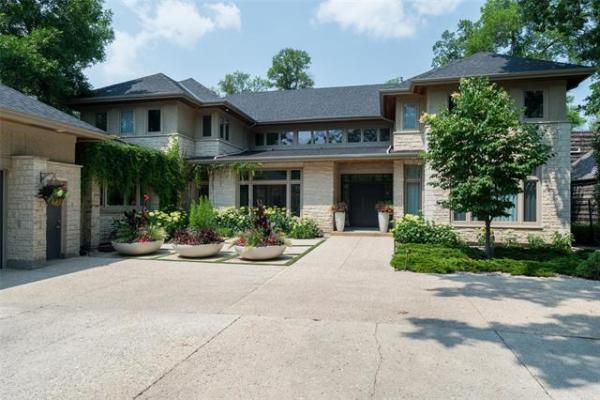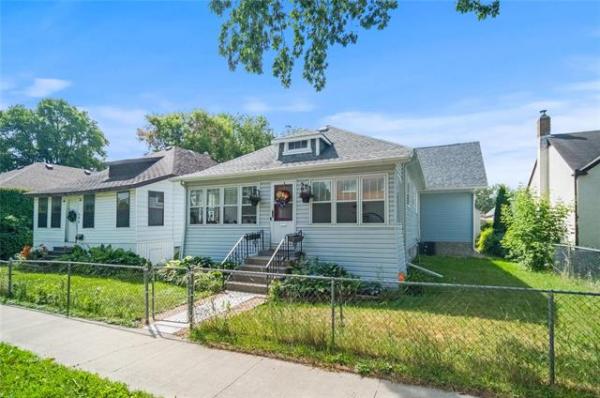Question: I'm hoping you can help me out. Last year I purchased a house that was built in 1957. It is a standard bungalow. I knew the teleposts required adjustment but once I put a string across the steel I-beam in the basement I discovered it needs to come down almost an inch at some points. I've been adjusting the teleposts on a weekly basis for the last eight months or so and it still has a long way to go. There is a short wall under the beam in the basement, about eight feet long, but it's floated. Is this a normal time span for the beam to straighten or am I missing something?
Any help is appreciated.
Thanks.
Cathy
Answer: Telepost adjustment is one of those issues that is not an exact science. There are many variables involved but you are taking the proper approach in doing it slowly, which should avoid any major structural issues. It may be difficult to determine when you are finished with your adjustment, but use of more specialized measuring tools may be required.
The most basic method of measurement of a main beam, to determine if telepost adjustment is required, is a tight string or twine. This should be secured to the bottom at both ends of the beam, as close to the foundation as possible. Small blocks of the same thickness should also be used to provide a small gap between the string and the beam, to prevent small inconsistencies in the beam from skewing the straight run of the line. While reasonably accurate, this method does have some inherent flaws, due to the nature of the string, which may have a tendency to sag. Pulling this line as tight as possible will minimize the sag, but it may increase over time as it stretches. For this reason, more accurate methods of measurement may be required.
Another concern with crude measurements from the string to your beam is in the beam itself. It has taken several decades for the main beam in your home to reach the location it currently occupies, which may have permanently warped the beam, somewhat. This can happen with a more common wooden beam, due to crushing or shrinking of the lumber, but may also be a problem with your steel beam. While steel beams are not subject to these same issues, warping is even more likely. As the small points of load-bearing from the teleposts force the beam up, they can cause it to warp in these locations. Lowering the teleposts will help straighten the beam, but may take years to bend back near the original configuration in these areas. Measurements taken in these spots, which is typical, may make the beam appear higher than it really is.
The way to avoid this pitfall is to take measurements using one or more additional measuring devices. A laser level or electronic water level may be required to get a more accurate and precise reading on the beam location. There are many low-cost laser levels available that should provide good value and a reasonable result. Simply holding up the laser device beside the bottom of the beam at one end and directing it to the foundation wall at the bottom of the other end will provide a truly straight line. Once in place, holding up a paper or other item beside the beam at various points should provide a good idea of how much it has moved. If there are only inconsistencies directly at the telepost locations, then you may have gone far enough. If you find inconsistency at other points, then additional adjustments may be required at the corresponding posts. Unfortunately, this method will only work in simple situations where there are no obstructions in the way of a straight laser line. If this is not the case, alternatives will have to be explored.
The next-simplest measurement device to explore would be a water level or electronic water level. While either of these would give a very accurate reading of a consistent level, the results may be more difficult to apply for your job. Over time, the beam may have settled at one end more than the other, and is no longer level. Because of this, both ends of the beam will have to be measured relative to the water level and calculations made to determine where the beam should be at specific points of reference. This may require transferring these measurements to a simple drawing, or graph paper, for easier evaluation. Once this is complete, the level can again be used to see how much further you need to go with your adjustments.
While I have provided suggestions for improved methods of evaluating the proper location of the beam after adjustments, these may not be necessary. You may only need to tighten or replace your string line to do a better assessment of the state of the beam. Getting a perfectly straight beam after adjustments is not likely. You may find you have substantially straightened the beam over several months, and that may be good enough to minimize the floor bumps to your satisfaction. If not, slow and steady is still the way to proceed. You have indicated you are adjusting the posts every week, but have not detailed the amount of each adjustment. If you are adjusting the post a half-revolution or less each time, which is the proper method, it may take several months to make a difference. If you are adjusting the posts in smaller increments, each movement will almost be invisible, but the cumulative effects of a few more months of careful work should provide you with the desired result.
Ari Marantz is the owner of Trained Eye Home Inspection Ltd. and the president of the Canadian Association of Home & Property Inspectors -- Manitoba (www.cahpi.mb.ca). Questions can be emailed to the address below. Ari can be reached at (204) 291-5358 or check out his website at www.trainedeye.ca
trainedeye@iname.com



